Bradley-Davies “Terrier”
(Invented Blurb)
The small UK Based Bradley-Davies consortium originally designed the Terrier as a five-seat utility aircraft for small operators serving outlying areas in all weathers. Due to its robust composite/aluminium construction and flat rated engine developing 1750 HP at 2,400RPM that can also run on normal diesel fuel, the low operating costs and low maintenance Terrier soon attracted the attention of the military and gamekeeping/fisheries protection agencies.
The rear cabin can be fitted with three passenger seats and mount normal doors with large windows, or – as in this case – with bar gates, which facilitate roles such as parachuting, rapid response, or wildlife protection. After removal of the third seat, bar gates make the use of tranquiliser rifles or hand-held cameras easier when carrying out a gamekeeping role, and make it easier to handle light or medium infantry weapons in an otherwise restricted space.
If normal seats are removed, it is possible to seat four paratroopers, back to back, on central mounted military spec net hammocks. The aircraft is certified for flight with gates open and access steps deployed if need be, and stretcher mounts can be fitted to the access steps for emergency medical evac missions. A large hatch at the rear of the cabin accesses the spacious cargo compartment that takes up almost the entire tail section.
There is also a “Bloodhound” variant that can accommodate two Air Electronics Operators and their displays in the rear cabin. The aircraft can be plumbed to receive information from a Hi-Res Camera, IR or Thermal Scan equipment linked to the relative gimbal-mounted sensors that may be installed on two wing hardpoints or on a centreline fuselage hardpoint. Comms include HF, VHF and UHF and Nav is an Integrated Garmin 430 GPS.
The Terrier has been tested in climates ranging from Tundra to Desert, and its hot and high performance is exemplary. In normal temperate conditions she will climb out at a speed of 130 KTS at 30° nose up, 100 KTS at 60° nose up and will even reach 80° maintaining around 80 KTS. Stall characteristics are benign, with a lateral nose over at around 75 KTS in the climb at full power.
Normal Operatiion:
TAKE OFF
SHORT - Flaps 10°, Full Power, small rotation at 65 KTS (indicated)
NORMAL - Flaps 10°, 65% throttle (or above) and rotation at 75 KTS (indicated)
FLAPLESS - Give it the boot and rotate at 75 KTS. She’ll lift of at around 80
APPROACH and LANDING
78 KTS FULL FLAPS at around 30% THROTTLE
80 KTS FLAPLESS at around 25% THROTTLE
I would classify her as semi-aerobatic, but watch speeds and AOA. Full throttle and a rapid pitch down will get you into an inverted flat spin which will spoil your day. If you get into a deep stall (nose up) situation where elevator authority is masked by the high wing, don’t go uprooting the stick and yanking it about – just neutralise the controls and wait for her to stall out, recovering as the nose comes down.
The “working” cockpit is my first attempt. Throttle advances and retards, and red pitch lever advances while blue mixture lever retards (not exactly accurate, but it looks cool). Warning lights surround a mock Master Warning Panel.
AG1 and Gear Tail Wheel Steering Active, Amber Light FLASH
AG2 and VTOL Flap Control Active, Magenta Light FLASH
AG3 and Landing Gear Bar Gates Closed, LH Green Light ON (Extended OFF)
AG4 and Landing Gear Access Steps Retracted, RH Green Light ON (Extended OFF)
AG5 Nav Lights On/Off, Centre Green Light ON/OFF
AG6 Landing Lights On/Off, Cockpit Strut mounted Lights ON/OFF
Please try her out and give me some feedback, positive (preferably) or negative (probable).
I CAN’T REMEMBER WHERE I GOT THE CREWMEMBERS FROM – IF IT’S YOU, LET ME KNOW AND I’LL GIVE YOU A SHOUT OUT. AND THANKS, YOU SAVED ME SOME TIME!
Specifications
Spotlights
- ThePrototype 6.9 years ago
- GhostHTX 6.9 years ago
- Tang0five 6.9 years ago
General Characteristics
- Predecessor Bush Plane
- Created On Windows
- Wingspan 46.4ft (14.1m)
- Length 37.1ft (11.3m)
- Height 16.1ft (4.9m)
- Empty Weight 5,978lbs (2,711kg)
- Loaded Weight 6,604lbs (2,995kg)
Performance
- Horse Power/Weight Ratio 0.264
- Wing Loading 15.8lbs/ft2 (77.1kg/m2)
- Wing Area 418.4ft2 (38.9m2)
- Drag Points 9532
Parts
- Number of Parts 256
- Control Surfaces 7
- Performance Cost 1,077

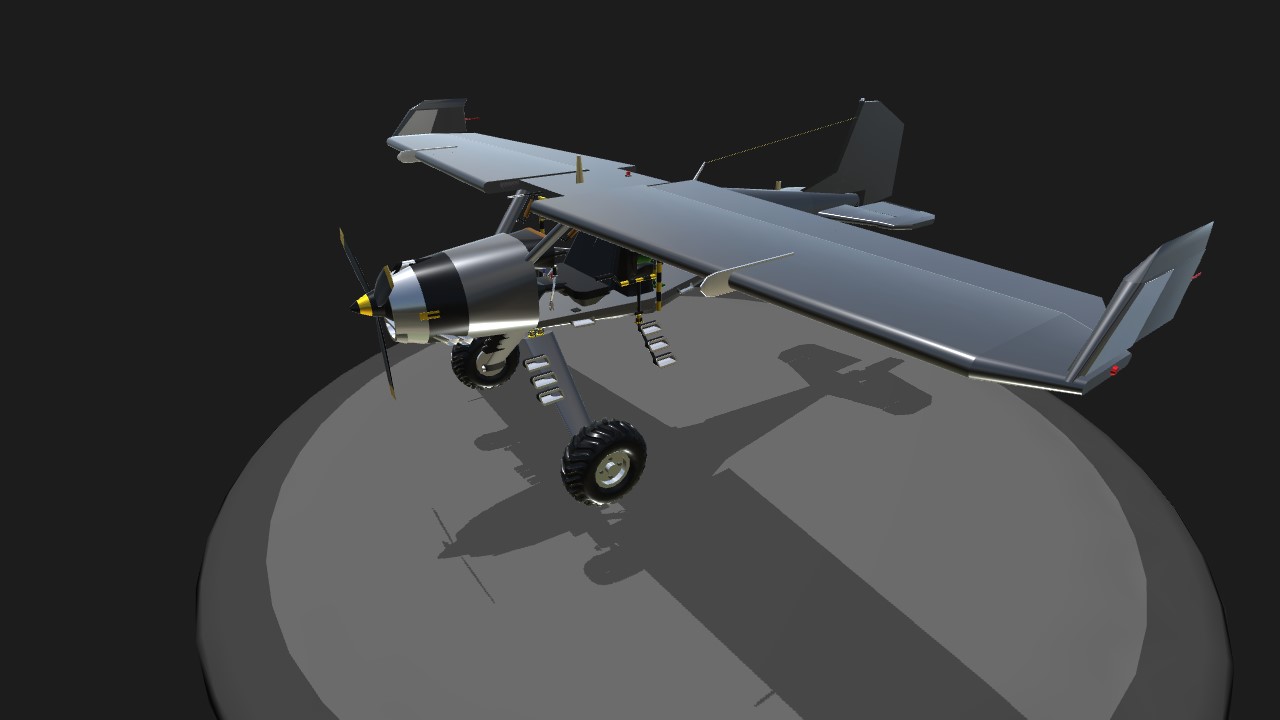
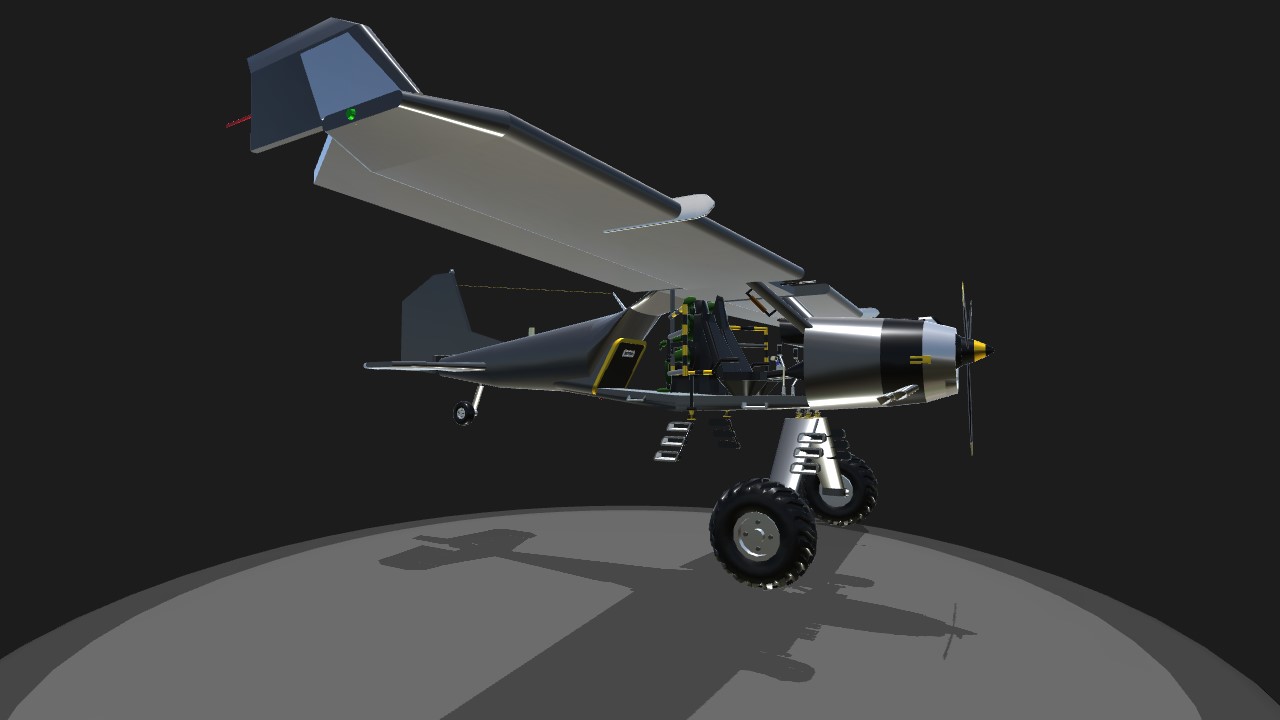
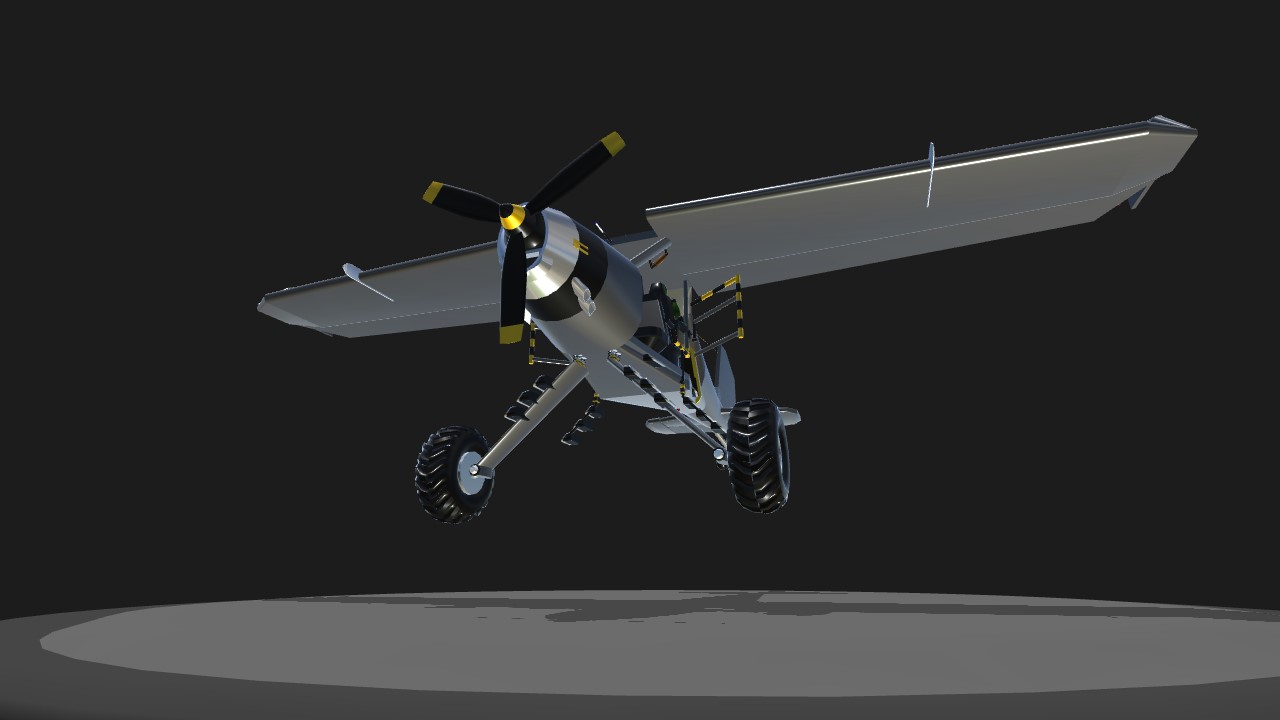

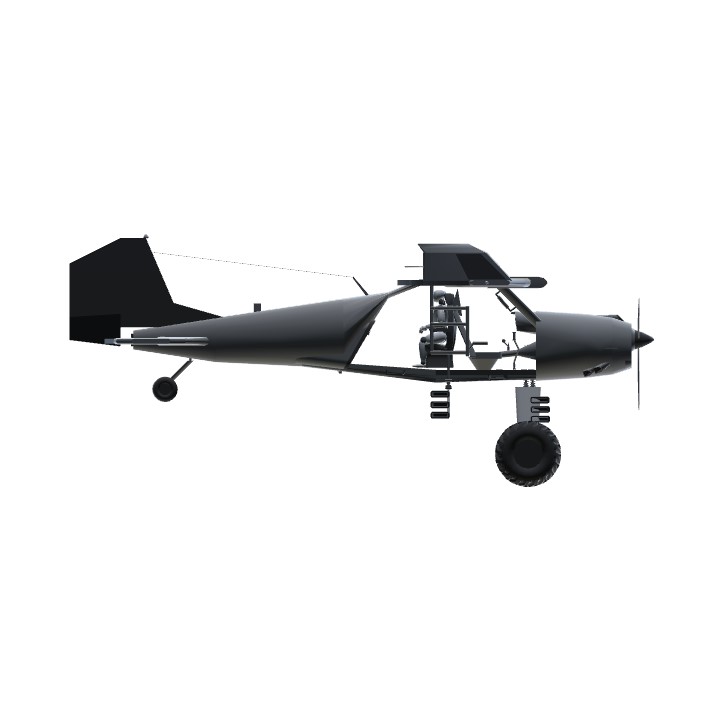
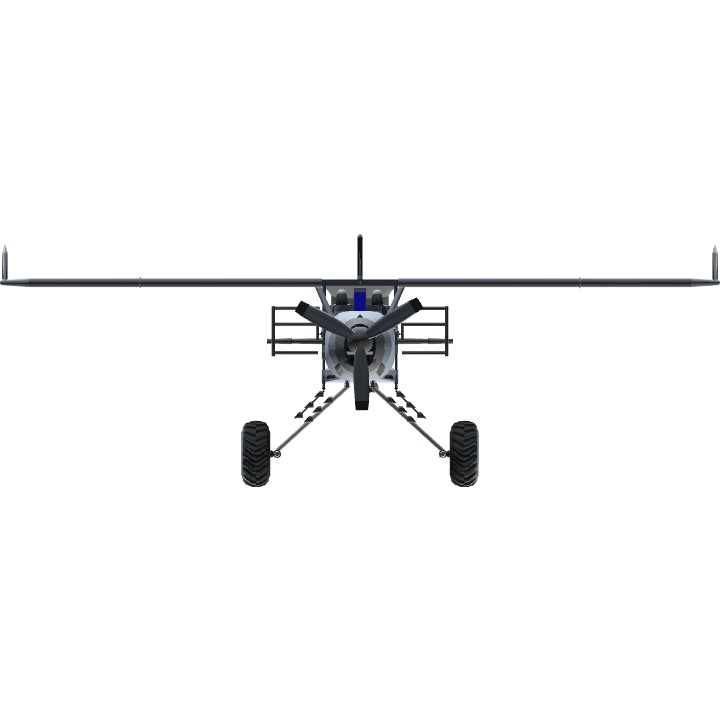
@Chancey21 Right-o Boi!
TAGGZ BOI
It's plenty.... 😀@Alien
@ThePrototype thanks bro. I thought it was the ideal platform for some work. Hope it's different enough so I don't offend anyone...
Nice to see a good refit of a In-game plane